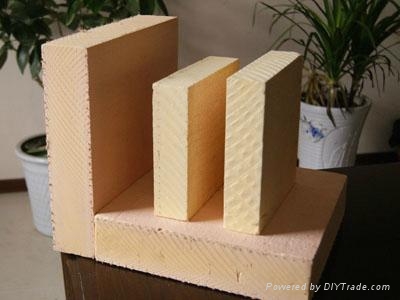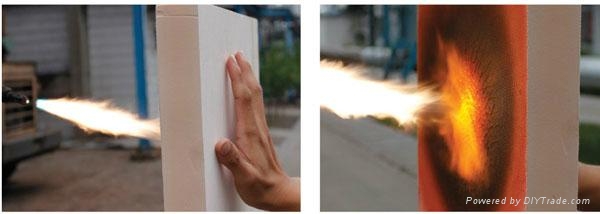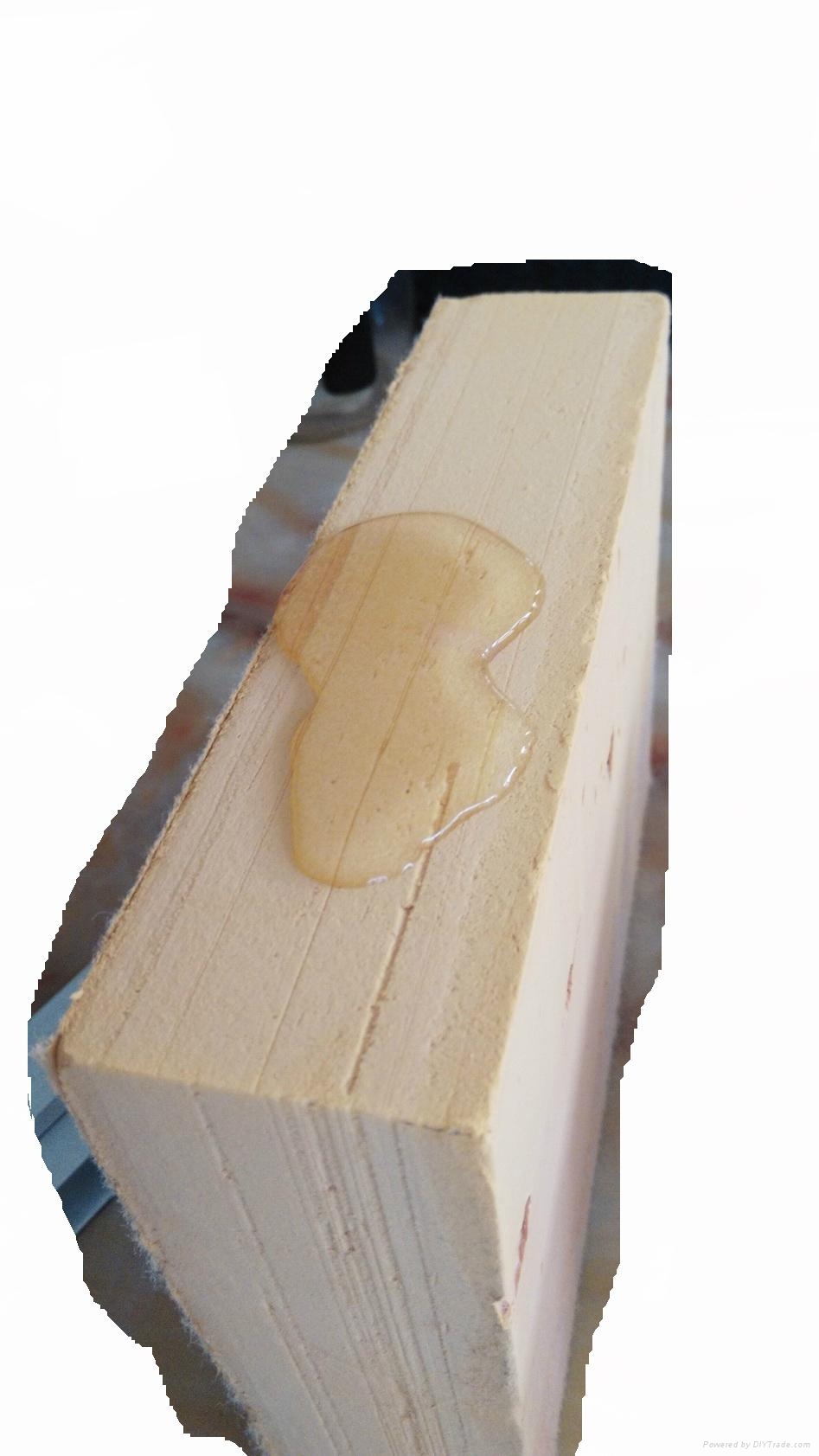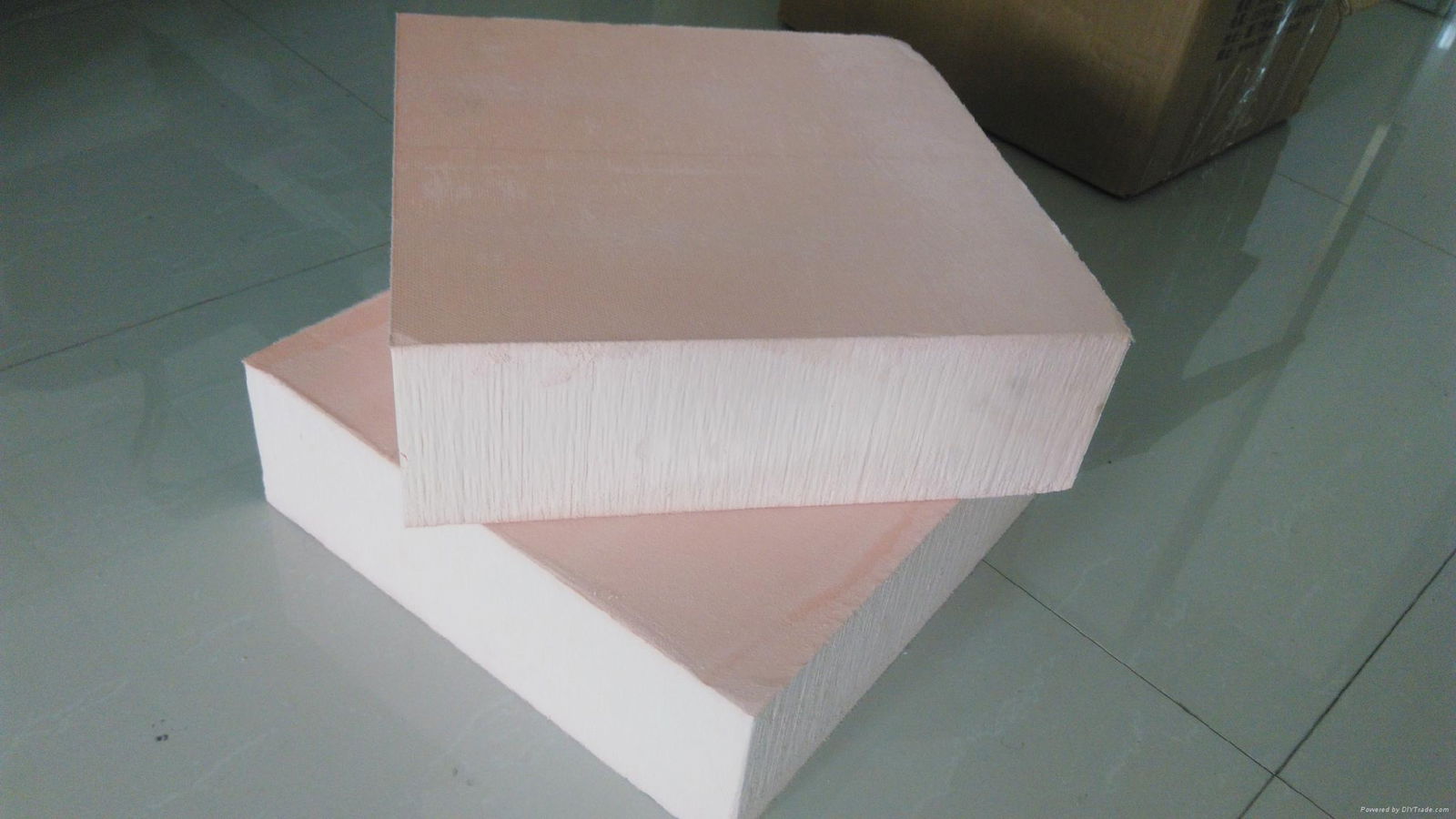Low Energy House | Phenolic Insulation
Model No.︰-
Brand Name︰GOOT
Country of Origin︰China
Unit Price︰CNY ¥ 1000 / pc
Minimum Order︰1 pc
Product Description
Low Energy House - What is Phenolic Insulation?
A low thermal conductivity allows specified thermal performance targets to be achieved with minimal thickness of insulation. This is particularly significant where space saving is important
Phenolic Insulation Manufacturing Process
Phenolic insulation board is manufactured by a process in which a plastic foam forms an insulating core between two flexible facing layers. It has a high closed cell content and fine cell structure.
Rigid phenolic insulation is produced by mixing high solids and phenolic resin with a surface acting agent. The heat created by the reaction evaporates a volatile liquid blowing agent in the mixture which produces a network of small bubbles in the material. The foam can be cured to create one of two forms of the product. It can be manufactured by a continuous process to create thin sheet material which is laminated with various facings and cut into boards. Alternatively, it can be made into blocks to be cut into pre-determined shapes.
Phenolic Insulation - Blowing Agent
In order to comply with EC regulations, blowing gases should be CFC and HCFC free (zero ozone depletion potential) and have low global warming impact. The most common blowing agent used in this type of insulation production is pentane. Pentane is a hydrocarbon which has similar properties to those of butane and hexane. It is the most volatile hydrocarbon that is a liquid at room temperature. There is a slight risk that over time the blowing agent may escape and be replaced by air. In order to help eliminate this risk, as part of the manufacturing process, the rigid boards are faced with, gas tight, aluminium foil or glass tissue.
Main Uses of Phenolic Insulation
Rigid phenolic insulation can be used for partial fill cavity wall insulation, pitched roof insulation and insulated dry lining.
Phenolic Insulation - Thermal Performance
Rigid phenolic insulation products offer very good thermal insulating properties due to the very low thermal conductivity of phenolic foam, compared with rigid polyurethane or extruded polystyrene. Its low thermal conductivity allows specified thermal performance targets to be achieved with minimal thickness of insulation. This is particularly significant where space saving is important.
Foil Facings on Rigid Phenolic Insulation
If installed correctly, the reflective foil can also act as a radiant barrier that adds greater resistance to the insulating assembly. The low emissivity facings improve the thermal performance when positioned next to an un-ventilateded airspace. This makes the material particularly effective when it is used to partially fill cavities in external walls.
Physical Qualities of Phenolic Insulation
- Structure
Rigid Phenolic insulation has a high closed cell content and fine cell structure. It is lightweight, easy to transport , handle and install. - Compressive Strength
Phenolic foams are produced with densities in the range of 35 kg/m³ to 200 kg/m³. High density boards have a good compressive strength and are suitable for some floors. - Material Resistance
Rigid phenolic insulation is resistant to fungus and mould growth and will not sustain vermin. - Heat Resistance
Rigid phenolic insulation can withstand continuous temperatures of up to 120 degrees C. - Moisture Resistance
Moisture has a minimal effect on its thermal performance. Rigid phenolic insulation has a 95 per cent (or greater) closed cell content which makes it highly resistant to moisture penetration. - Stability
Rigid phenolic is dimensionally stable and can be cut accurately to achieve a snug fit in situations such as between rafters where airtightness will be improved. - High Temperatures
Rigid phenolic insulation can withstand continuous temperatures of up to 120 degrees C. - Fire
Rigid phenolic insulation has better fire properties than other rigid foam plastic boards but is combustible. Phenolic foams which have very low thermal conductivities are used as alternatives to PUR or PIR foams where a self extinguishing, low smoke emission, material is required. Insulating materials are rigorously tested to British Standards and fire performance data, to meet the requirements of building regulations, is generally available from manufacturers. - Recycling
Rigid phenolic insulation is non- biodegradable but waste material can be put back into the manufacturing process for reuse.
Thermal Performance of Phenolic Insulation
The thermal conductivity of phenolic foam in the density range 35-60 kg.m³ is typically 0.020 W/m K.
In the UK, when comparing the thermal values of insulation materials, it is important to remember that the best performing material is the one with the lowest thermal conductivity value
Payment Terms︰ TT
Product Image




